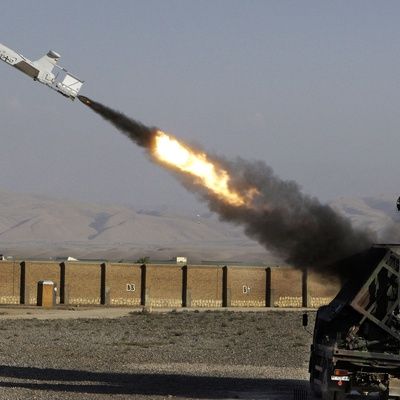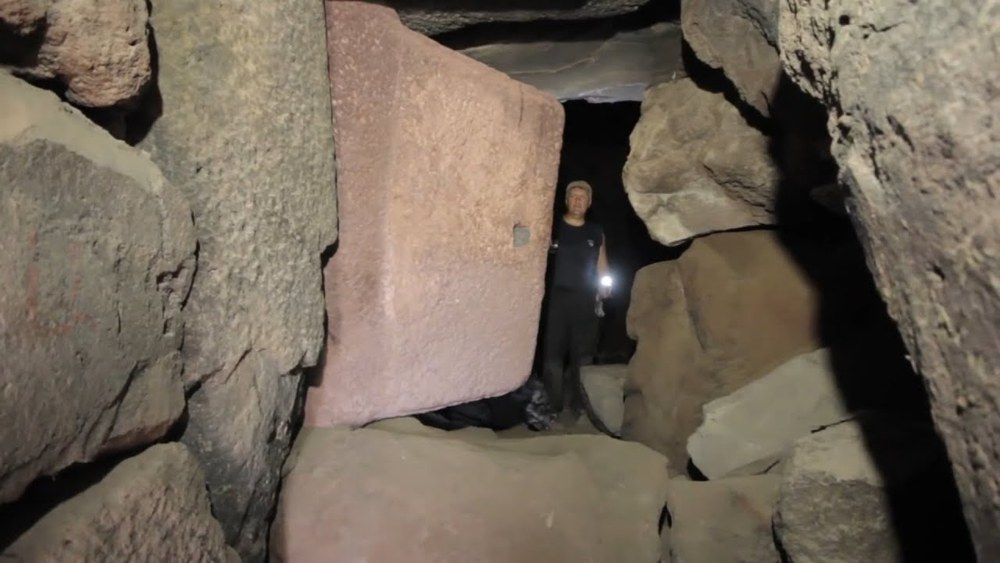I am not naive — I’ve worked as an aerospace engineer for 35 years — I realize that PR can differ from reality. However, this indication gives me some hope:
“The draft recommendations emphasized human control of AI systems. “Human beings should exercise appropriate levels of judgment and remain responsible for the development, deployment, use, and outcomes of DoD AI systems,” it reads.”
This is far from a Ban on Killer Robots, however, given how many advances are being overturned in the US federal government (example: the US will now use landmines, after over 30 years of not employing them in war), this is somewhat encouraging.
As always, the devil is in the details.
Sources say the list will closely follow an October report from a defense advisory board.
The Defense Department will soon adopt a detailed set of rules to govern how it develops and uses artificial intelligence, officials familiar with the matter told Defense One.
A draft of the rules was released by the Defense Innovation Board, or DIB, in October as “Recommendations on the Ethical Use of Artificial Intelligence.” Sources indicated that the Department’s policy will follow the draft closely.









